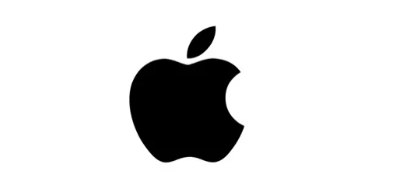
Major Redesigns Coming to iOS 19, iPadOS 19, and macOS 16
Apple is preparing one of its most significant software updates in recent years. The company plans to introduce major design changes to its operating systems, iOS 19, iPadOS 19, and macOS 16, aiming to create a more unified and user-friendly experience across all devices.
These updates will bring a fresh look to the interface, changing icons, menus, apps, windows, and system buttons. Apple wants to simplify navigation while ensuring consistency across its ecosystem. This transformation, inspired by the Vision Pro software, is expected to be a highlight of this year’s Worldwide Developers Conference (WWDC).
A Unified Design Language Across Devices
One of the key objectives of this software update is to align the design language across Apple’s devices. Right now, iPhones, iPads, and Macs have noticeable differences in their interface styles. By updating the visual elements and interactions, Apple aims to make switching between devices feel more seamless.
While this move will create a more cohesive experience, Apple has no plans to merge its operating systems. Unlike competitors who unify platforms, Apple wants to maintain distinct OS versions to optimize performance for each device.
Inspired by Vision Pro’s Software
Apple’s Vision Pro software is playing a big role in shaping this redesign. VisionOS introduced circular app icons, a simplified approach to windows, translucent panels for navigation, and a more prominent use of 3D depth and shadows. Now, Apple is adapting some of these elements to fit the traditional 2D environments of iOS and macOS.
However, since Vision Pro relies on an immersive, gesture-based interface, not all of its features will translate to iPhones, iPads, or Macs. Instead, Apple is selectively incorporating elements that enhance usability without making drastic functionality changes.
The High Stakes of This Redesign
Apple’s decision to roll out a massive software overhaul comes with significant risks. With over 2 billion active Apple devices worldwide, any major design shift affects millions of users who rely on these systems for daily tasks.
Historically, drastic UI changes have led to backlash. The introduction of iOS 7 in 2013, for example, received criticism for being too different from its predecessor. Even smaller tweaks, like updates to the Photos app, have sparked widespread complaints. This time, Apple is overhauling the entire user experience across multiple platforms, making the stakes even higher.
Beyond user adaptation, Apple is also facing slowing revenue growth and increased competition. iPhone sales saw a surprise dip last holiday season, and Apple needs this software update to reignite user interest. A poorly received redesign could push some users toward rival platforms, affecting the company’s ecosystem and long-term customer loyalty.
iOS 19 and macOS 16: The Biggest Revamps in Years
For iPhone users, iOS 19 will mark the most substantial interface overhaul since iOS 7. Mac users can expect the biggest update since macOS Big Sur in 2020. These changes go beyond aesthetics—Apple aims to enhance functionality, making devices more intuitive and engaging.
By streamlining the design, Apple hopes to improve efficiency while modernizing the overall look and feel of its software. However, balancing innovation with familiarity will be crucial to preventing user frustration.
Expected Unveiling at WWDC 2025
Apple traditionally showcases its latest software developments at WWDC in June. This year, iOS 19, iPadOS 19, and macOS 16 are expected to be unveiled, with beta versions available for developers shortly after. The public release will likely roll out in the fall alongside new hardware.
A Hit or a Miss?
Apple’s upcoming software update represents one of its boldest moves in years. By unifying design elements across iOS, iPadOS, and macOS while drawing inspiration from Vision Pro, Apple aims to modernize its user experience. However, with millions of users relying on these systems daily, the redesign must strike the right balance between innovation and usability.
As we approach WWDC, anticipation builds for these transformative updates. Whether they will be met with excitement or resistance remains to be seen, but one thing is certain — Apple’s software is about to change in a big way.
